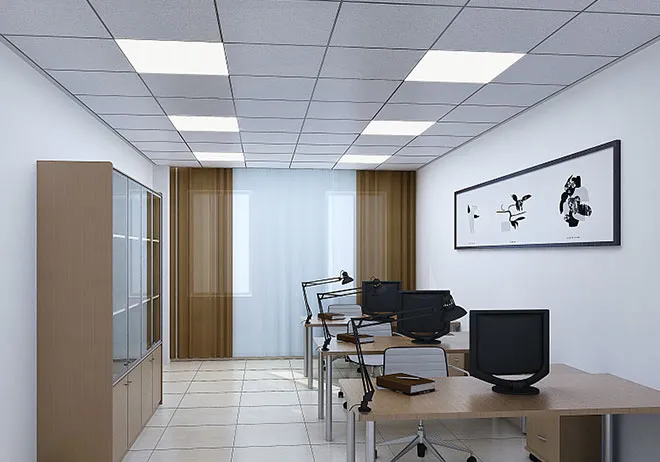Oct . 13, 2024 01:54 Back to list
Exploring Drop Ceiling Grid Materials for Modern Interior Design Solutions
Understanding Drop Ceiling Grid Materials A Comprehensive Guide
When it comes to ceiling installations in commercial and residential spaces, drop ceilings have emerged as a popular choice. Also known as suspended ceilings, drop ceilings consist of a grid system that supports lightweight ceiling tiles. This article delves into the various materials used in drop ceiling grid systems, their advantages, and considerations for selection.
What is a Drop Ceiling?
A drop ceiling is a secondary ceiling that is suspended from the main structural ceiling, creating a space between the two. This cavity can be used for hiding ductwork, plumbing, and electrical wiring. The grid system comprises metal framework that holds individual tiles, allowing for easy access to the area above the ceiling.
Common Materials for Drop Ceiling Grids
1. Steel Steel grids are among the most common materials used for drop ceilings. They provide durability and strength, making them suitable for both commercial and residential applications. Steel grids can be galvanized or painted, offering resistance against rust and corrosion. Their robust nature allows them to support heavier tiles, such as those made from mineral fiber or metal.
2. Aluminum Light-weight and corrosion-resistant, aluminum grids are an excellent choice for environments where moisture is a concern, such as restrooms or kitchens. Aluminum is also inherently aesthetic, as it can have a polished finish that complements modern designs. Moreover, aluminum grids are easier to install due to their lightweight nature.
3. Vinyl Vinyl grid systems are less conventional but are gaining traction, particularly in areas requiring enhanced moisture resistance. Vinyl offers the advantage of being extremely lightweight and easy to clean, making it ideal for environments that may require regular sanitization. Additionally, vinyl grids can be designed in various colors and finishes to enhance the visual appeal of the ceiling.
4. Wood Although less common for the grid itself, wood can also be utilized in drop ceilings to achieve a unique aesthetic. Typically used in conjunction with other materials, wooden grid systems provide warmth and natural beauty but may require additional treatment to resist moisture and warping.
Advantages of Drop Ceiling Grids
Drop ceilings offer a variety of advantages that contribute to their popularity
- Accessibility The suspended design allows for easy access to plumbing, electrical, and HVAC systems without the need for extensive construction work. This can be especially beneficial for maintenance purposes.
drop ceiling grid materials

- Acoustic Control Many ceiling tiles are engineered to control sound, improving the acoustic properties of a room, which is particularly important in spaces like offices and restaurants where noise levels can be disruptive.
- Aesthetic Flexibility With numerous tile designs and finishes available, drop ceilings can be customized to fit various aesthetic preferences, making them versatile for different architectural styles
.- Cost-Effective Installation and material costs for drop ceilings tend to be lower compared to other ceiling solutions, making them an economical choice for both new constructions and renovations.
Factors to Consider
When selecting drop ceiling grid materials, several factors should be considered
- Weight of Tiles Ensure the grid system can support the weight of the tiles chosen, especially if opting for heavier materials.
- Moisture Conditions In areas with high humidity, select grids made from moisture-resistant materials.
- Aesthetic Goals Consider how the grid and tiles will complement the overall design of the space.
- Budget Evaluate the cost of materials, including installation, to stay within budget while achieving desired results.
Conclusion
Choosing the right drop ceiling grid materials is crucial to ensure durability, aesthetics, and functionality. By considering factors such as the environment, desired appearance, and budget, homeowners and builders can make informed decisions that enhance the overall quality of the space. Whether opting for steel, aluminum, vinyl, or even wood, drop ceilings remain a practical and stylish choice for various settings.
-
Durable Ceiling T Grid Systems | Easy InstallationNewsAug.29,2025
-
PVC Gypsum Ceiling: Durable, Laminated Tiles for Modern SpacesNewsAug.28,2025
-
Pvc Gypsum Ceiling Is DurableNewsAug.21,2025
-
Mineral Fiber Board Is DurableNewsAug.21,2025
-
Ceiling Tile Clip Reusable DesignNewsAug.21,2025
-
Ceiling T Grid Modular DesignNewsAug.21,2025







